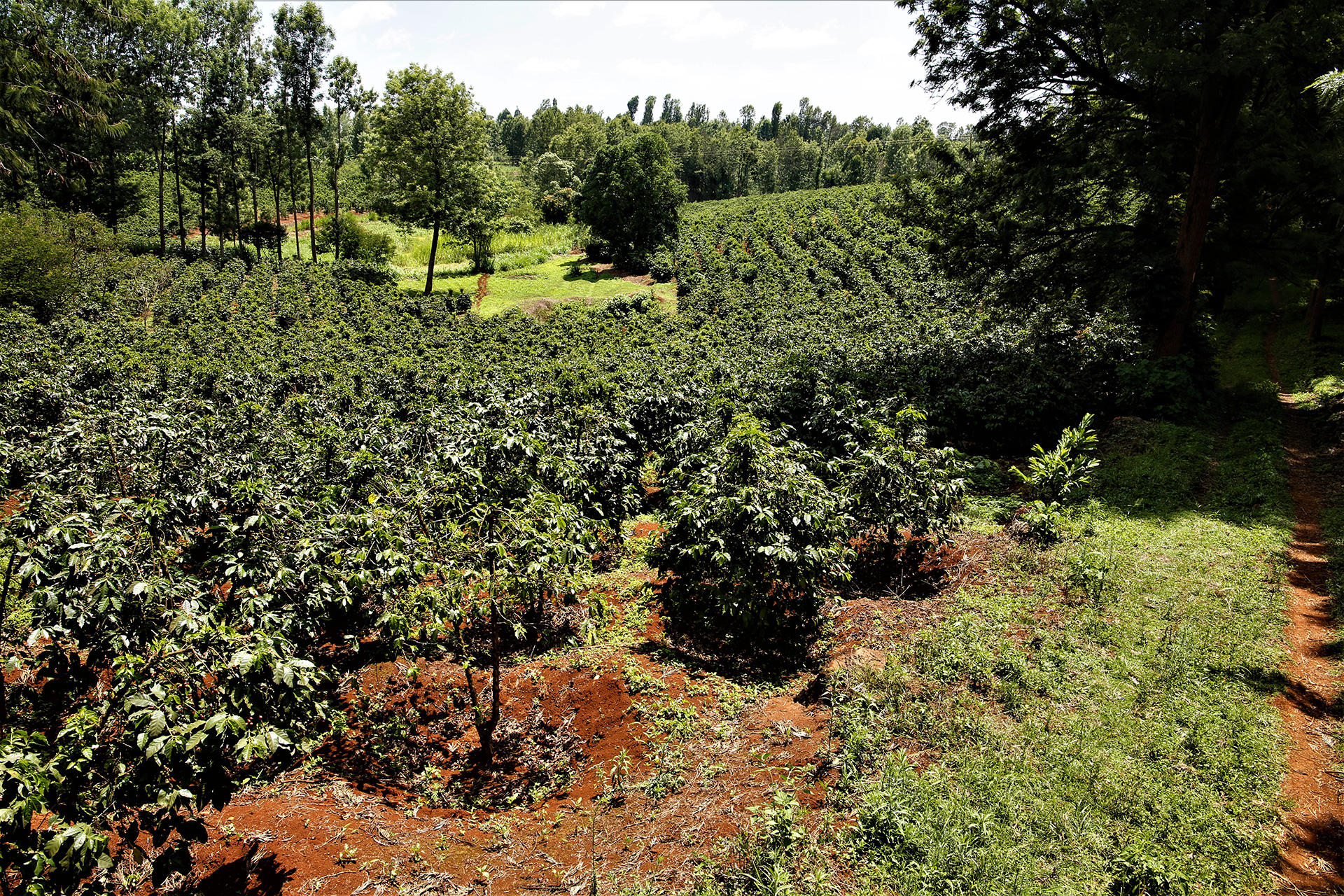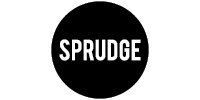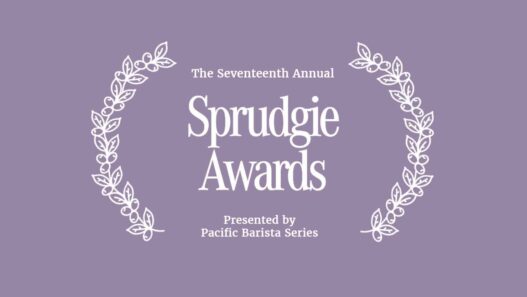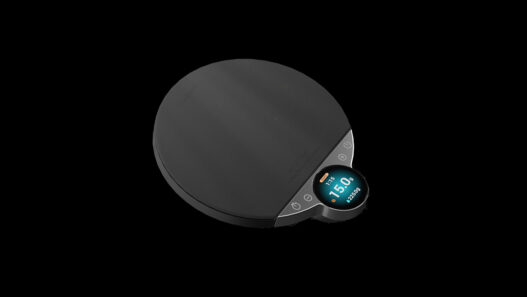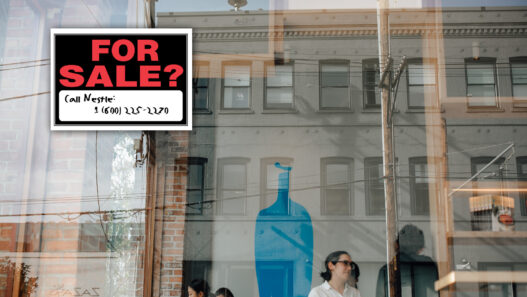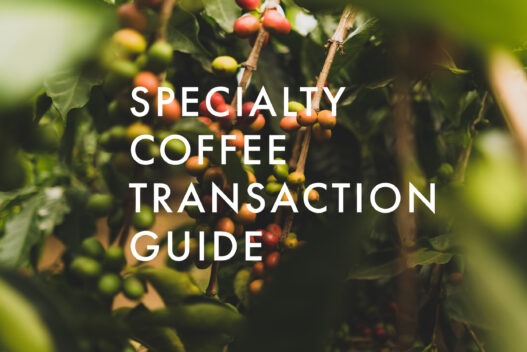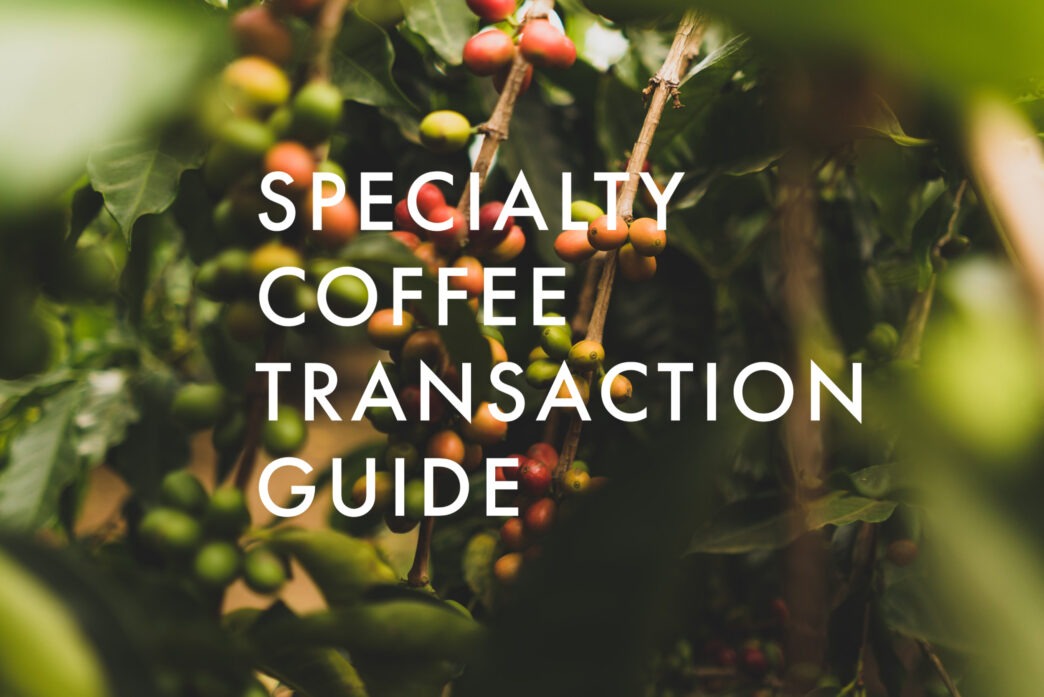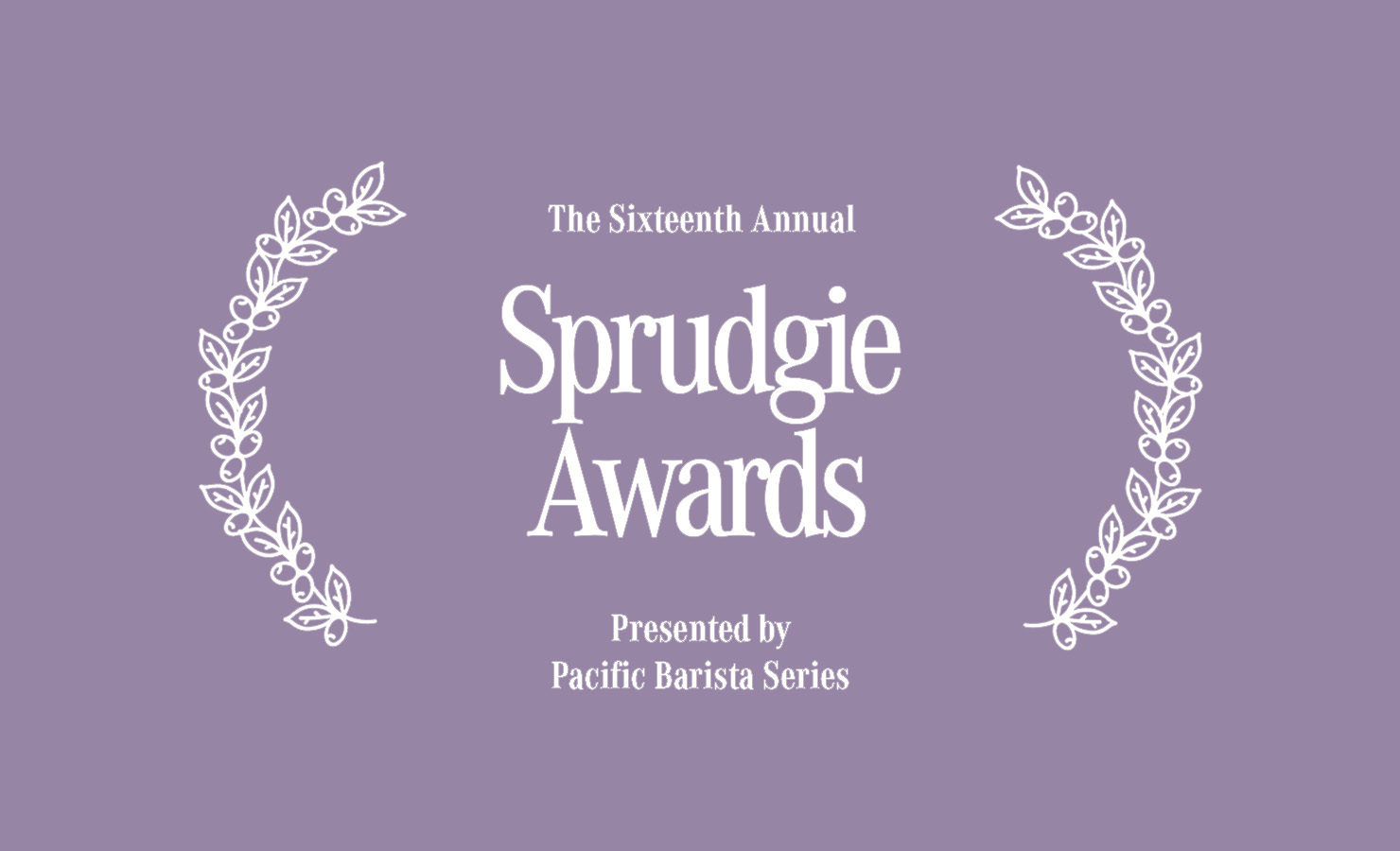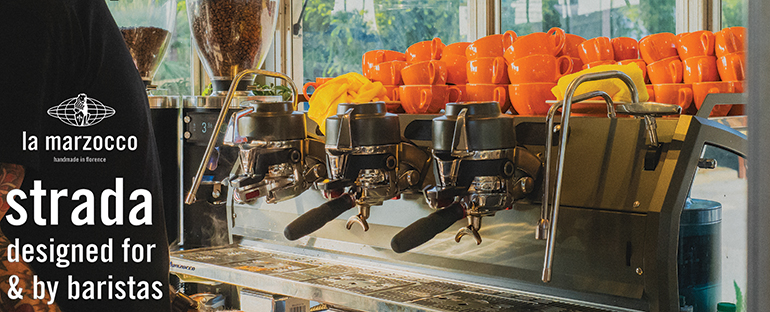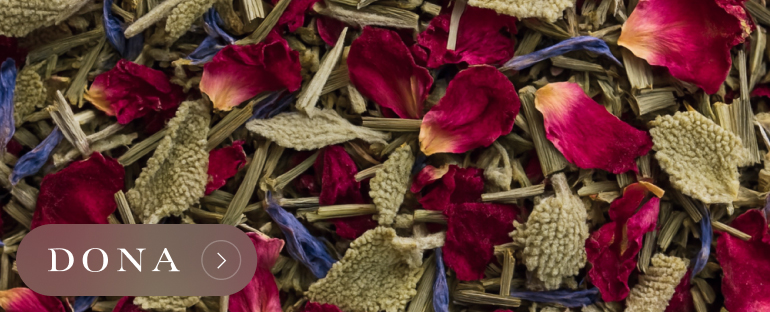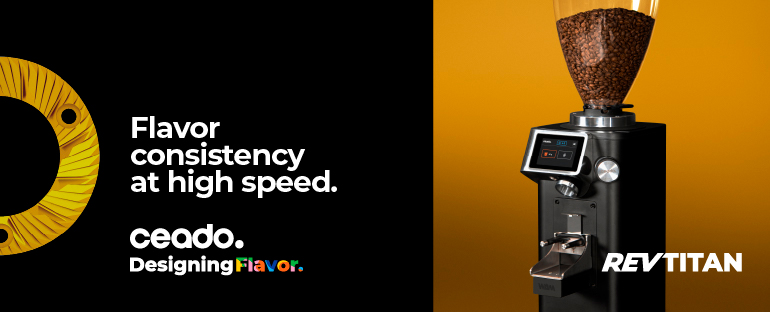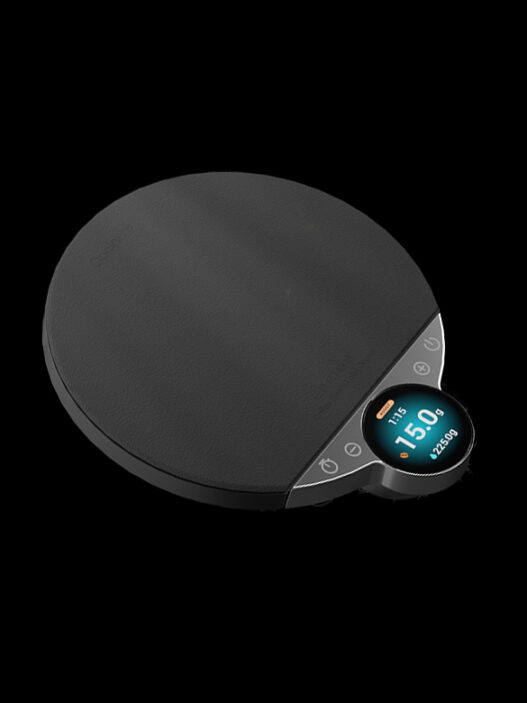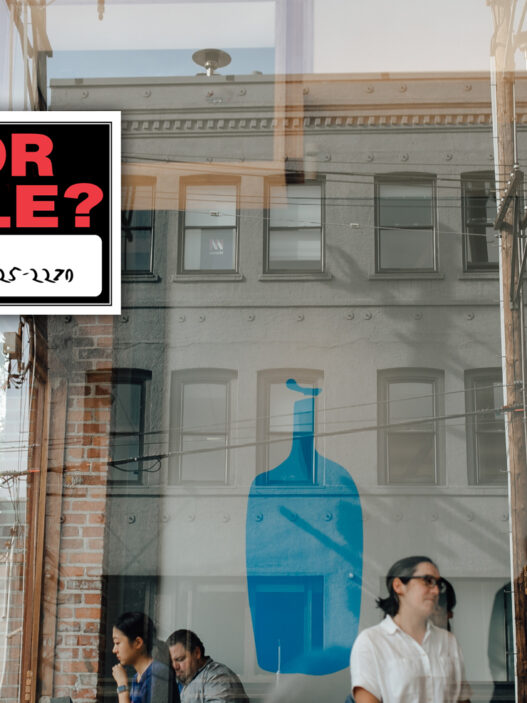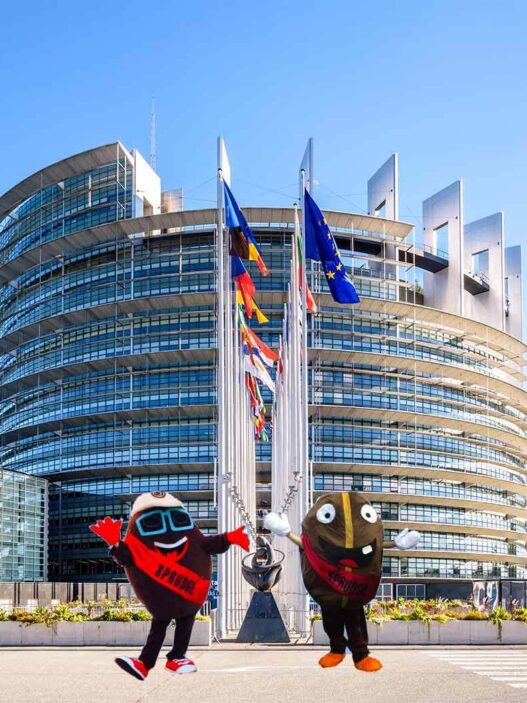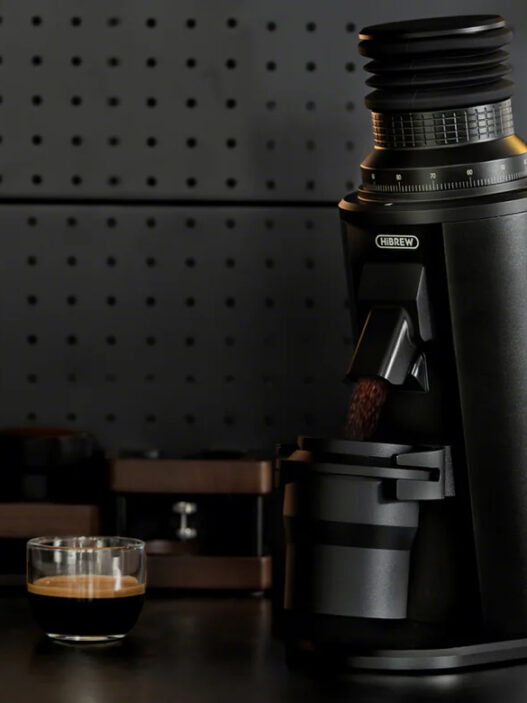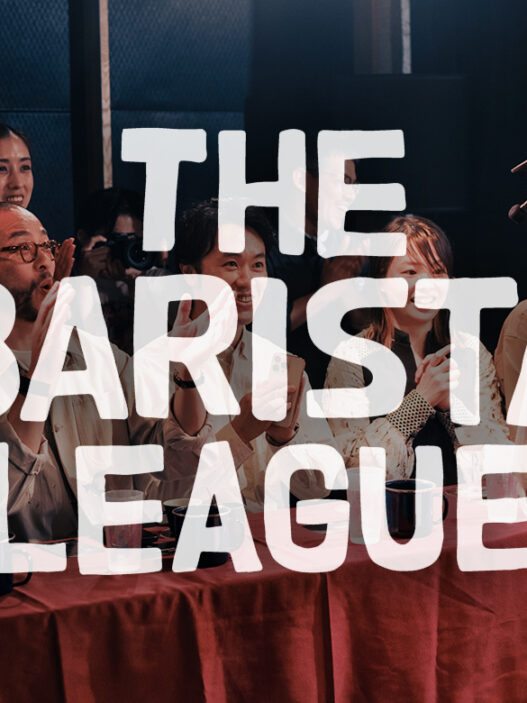The topic du jour in the coffee world is price. In the last week alone, the price of coffee futures on the commodities market reached $4.40 per pound and a Panama Gesha fetched $10,020 per kilo ($4,546 per pound), both records. But there is a vast world of coffee between these two polls, and this is where the majority of the specialty coffee we all consume comes from. What is the price for those coffees? Enter the Specialty Coffee Transaction Guide. Now in its sixth iteration, the Specialty Coffee Transaction Guide compiles large swaths of green coffee sales data from roasters, importers/exporters, and coops to give a more transparent picture of coffee prices in 2024, and it’s free to download online.
Released in January, the Specialty Coffee Transaction Guide was created by researchers from the Emory University Goizueta Business School. For it, they collected data from over 100 different coffee companies consisting of a total of over 100,000 contracts comprised of more than 2 billion pounds of specialty coffee bought and sold over the course of the six years the researchers have been putting the report together.
Data donors for the report include some of the biggest names in specialty coffee, from roasters like Counter Culture, Coffee Collective, Ritual, 49th Parallel, Intelligentsia, Equator Coffee, Dear Green, Drop, Madcap, Onyx, Origin, Stumptown, Sey, Sweet Bloom, 3fe, Tim Wendelboe, and Verve as well as importers like Cafe Imports, Nordic Approach, Atlas, BD Imports, Covoya, Caravela, Mercanta, Nordic Approach, Red Fox, and Royal.
From the massive data set, researchers break down year-to-year median as well as 25th and 75th percentile for FOB (Free on Board) prices, which are basically the cost of getting the green coffee to port for shipment. The report also drills down even further by cup quality, dividing all coffees scored 80 and above into six different categories. A similar approach is taken to lot size as well as origin.
The general trend is that the price of coffee is increasing more or less across the board, but not all necessarily at the same right. High end coffees, for instance, those scoring 88 points or higher, are increasing in price at a faster rate than their counterparts.
With the guide, the researchers hope to create “a useful tool for both sellers and buyers of differentiated green coffees who want to see increased equity and economic sustainability within their supply streams” by providing “benchmarks [that] provide an alternative for the current reliance on the volatile C-market price for price discovery.”
To that end, they have made the entire report available to the public and can be downloaded for free via their website. You will have to provide contact information in order to access it.
It’s a fascinating look inside pricing intricacies across specialty coffee that will hopefully produce greater transparency in coffee buying. For more information, visit the Specialty Coffee Transaction Guide’s official website.
Zac Cadwalader is the managing editor at Sprudge Media Network and a staff writer based in Dallas. Read more Zac Cadwalader on Sprudge.

